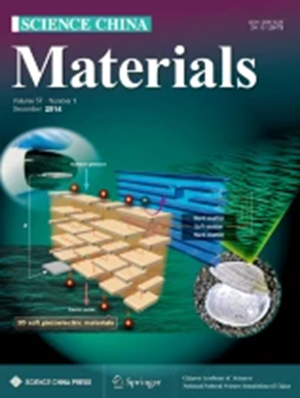Kirigami-inspired continuum soft arm with embedded sensing for non-destructive inspection and sorting
Abstract
The sensing capabilities of a soft arm are of paramount importance to its overall performance as they allow precise control of the soft arm and enhance its interaction with the surrounding environment. However, the actuation and sensing of a soft arm are not typically integrated into a monolithic structure, which would impede the arm’s movement and restrict its performance and application scope. To address this limitation, this study proposes an innovative method for the integrated design of actuator structures and sensing. The proposed method combines the art of kirigami with soft robotics technology. In the proposed method, sensors are embedded in the form of kirigami structures into actuators using laser cutting technology, achieving seamless integration with a soft arm. Compared to the traditional amanogawa kirigami and fractal-cut kirigami structures, the proposed middle-cut kirigami (MCK) structure does not buckle during stretching and exhibits superior tensile performance. Based on the MCK structure, an advanced interdigitated capacitive sensor with a high degree of linearity, which can significantly outperform traditional kirigami sensors, is developed. The experimental results validate the effectiveness of the proposed soft arm design in actual logistics sorting tasks, demonstrating that it is capable of accurately sorting objects based on sensor signals. In addition, the results indicate that the developed continuum soft arm and its embedded kirigami sensors have great potential in the field of logistics automation sorting. This work provides a promising solution for high-precision closed-loop feedback control and environmental interaction of soft arms.

 求助内容:
求助内容: 应助结果提醒方式:
应助结果提醒方式:


